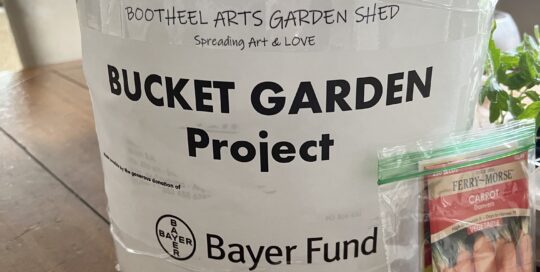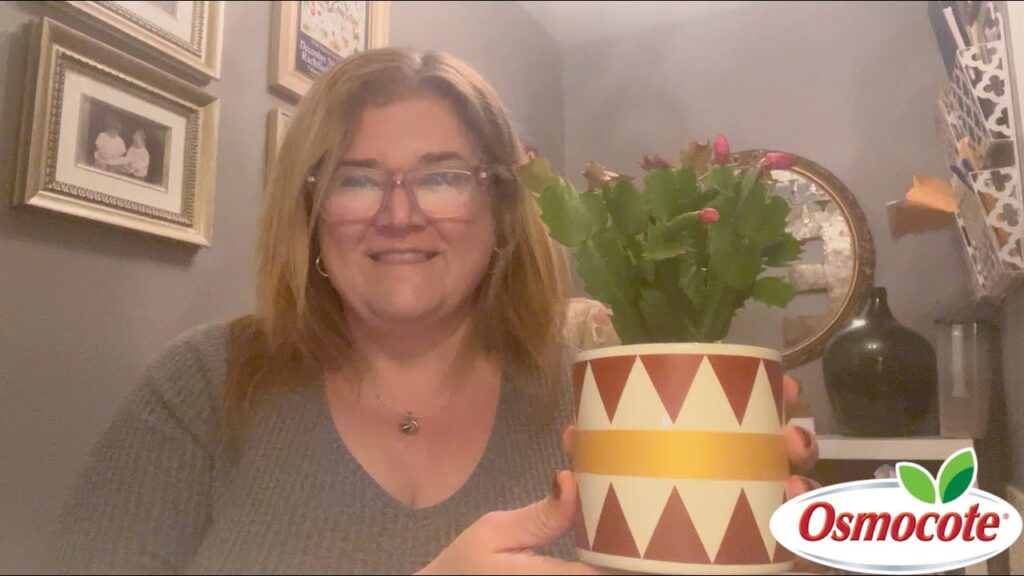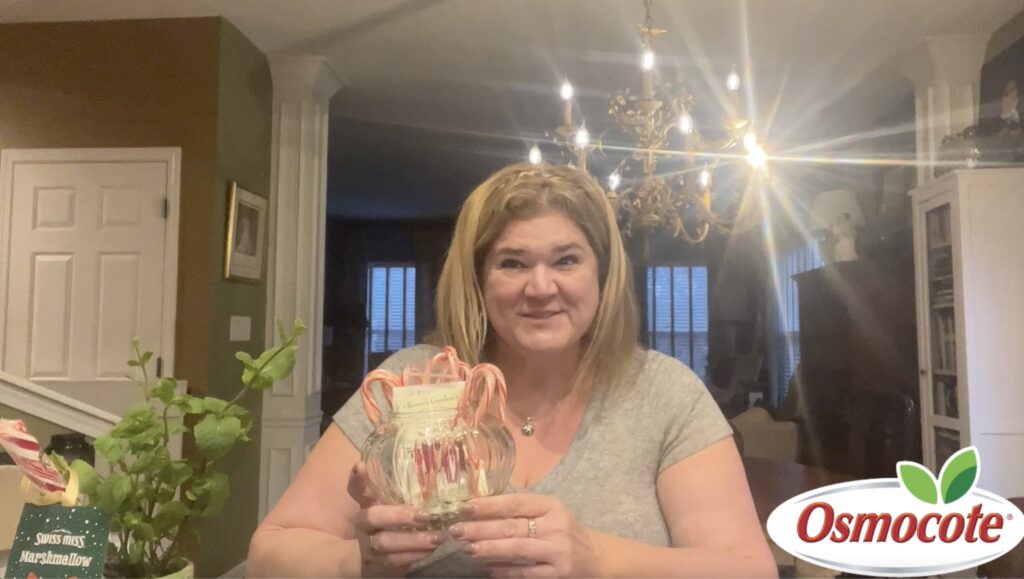How to Care for African Violets
Views: 394
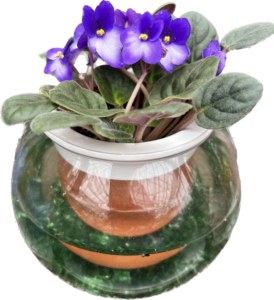
African violets are one of my favourite houseplants. As a child, my maternal Grandmother had several. All purple. I remember her patiently asking me to stop squishing their soft, fuzzy and almost succulent-like leaves between my fingers. I love to do it because it made a fingerprint that stayed on the leaf. not great for the plants. Anyway, I sure loved them. Ever wondered how to care for African Violets?
First, let’s learn a little about how the many varieties of these sweet plants and their classifications
African violets are fuzzy-leafed beauties that can be classified in four sizes: miniature (6-8 inches in diameter); semi-miniature (6-8 inches tall); standard (6- 16 inches) and large (over 16 inches). African violets are available in an enormous range of types and colours. You can opt from hundreds of varieties depending upon the form, flower colour, & plant characteristics you prefer.
The flower colours are anywhere from lavender, pink, , blue to violet and white. Flowers may be single, double or semi-double. They can also be ruffled, fringe and star-shaped. Some varieties produce flowers with multiple rows of petals on one colour with the rest fringed in a different colour. Finally, other characteristics are the types of leaves which can be described as plain, quilted, ruffled, fringed, spooned, scalloped, pointed or even variegated.
Caring for African Violets
Light
African violets are easy to grow, will stay healthy and produce abundant flowers when they get correct light. Inadequate light is probably the most important reason that African violets don’t flower. When they have too little light, the leaves become very dark green and thin. When they have too much light, the leaves become pale and often have dead areas. In the winter, South or west windows offer the best light During warmer seasons, windows with east or north exposures work best.
Temperature
The prettiest (healthiest) violets like a nighttime temperature of 65°-70°F and a daytime temperature of 70-90°F. Plants grown at temperatures below 60°F will be be unhappy. They likely will have leaves that curl and become brittle. Flowers will suffer as well. For best results, avoid placing the plants where temperatures are below 60°F or above 90°F.
Moisture
Soil moisture is critical to your success in how to care for African Violets. You must take care not to get water on the leaves of African violets, so misting is out. I prefer to water from the bottom rather than the top of the pot. This works well, and there are a lovely variety of pots made just for this purpose. I LOVE this self-watering pot. but it doesn’t leach salts that can accumulate in the soil. All plants should be watered occasionally from the top with warm water to remove dust and to wash out salts. Maintaining correct soil moisture can become a challenge as plants outgrow their pots. Crowded plants should be repotted.
Fertilization
Finally, don’t forget to feed your African violets. Like most plants, they will respond well to regular doses of nutrients. Most violet growers prefer to use liquid or water-soluble fertilizers such as 20-20-20 every four to six weeks. I personally like Schultz’s Liquid Plant Food. It takes just a few drops every time you water. Regardless of which fertilizer you choose, always read and follow the manufacturer’s recommendations.
Meet Elizabeth Morse
I specialize in creating productive gardens for my clients (garden consults), showing them how to use fresh foods (private chef & cooking classes) and enjoying…
Elizabeth's Recent Posts
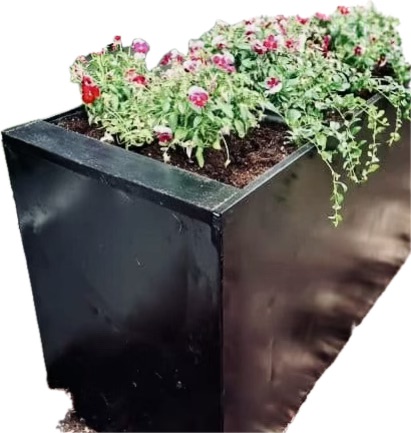
How to Turn a Filing Cabinet into a Modern Garden Planter
